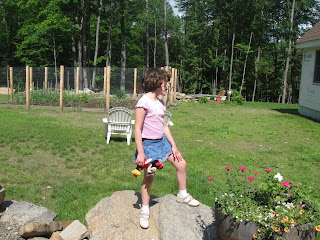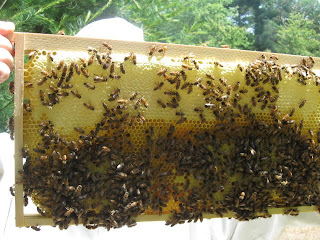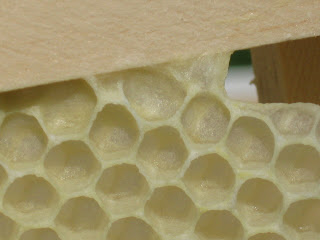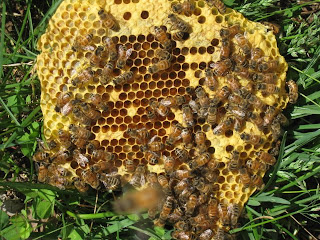http://gilsum.org/rockswap.aspx
It's a place where crystals, jewelry, geodes, minerals, and everything geological are found. It's the next town south from my mom, so we thought we'd make a weekend out of it.
I never thought I'd finish packing and organizing the house to leave, but finally we limped out around 1:15 on Friday afternoon. First it was a quick stop at my grandfather's house. He's in his mid 90s and still lives in his house, but he has a caretaker. Mom takes a shift for the caretaker once a week so he can get a day off.
Then we drove to Marlow, NH. That's where my mother lives. It's a pastoral town of 747 as of the 2000 census. Mom moved there in 2006 or so, so I guess that makes it 749!! She lives on an old farm in a house that they've been building for a long time. Every time we visit they've made progress.
 In addition to the house, there's one big garden and several small gardens, and a barn and chicken coop housing three alpacas, a donkey, a geriatric horse, and a couple dozen chickens.
In addition to the house, there's one big garden and several small gardens, and a barn and chicken coop housing three alpacas, a donkey, a geriatric horse, and a couple dozen chickens.




I cooked for the family on Friday night, chicken stir fry with farm vegetables. Yum!!!
Saturday morning, we headed to Gilsum for the Swap. What a cool place!

 There were tons of booths with minerals and jewelry and everything "rock" you can think of. We watched a young girl pick out a geode and have the man crack it open with a heavy chain.
There were tons of booths with minerals and jewelry and everything "rock" you can think of. We watched a young girl pick out a geode and have the man crack it open with a heavy chain.

There was a collective gasp as we all heard the CRACK and then it was time to peek in. It was BEAUTIFUL inside!!

My little one took a shine to the egg-shaped opals.

At lunch we sat with these two older gentlemen, one of whom turned out to be a medicine man from a nearby Native American tribe. He offered my mother a stone and prayed over the stone - with her holding it. It was a magical experience!
After we were done, we had a treat at Walpole Creamery. Their ice cream is delicious!!
Finally, it was time to head back. There were farm chores to complete!


We discovered just how crazy the chickens are. You see, although they have this beautiful and spacious chicken coop with lovely nesting boxes, they don't use the boxes. Not a SINGLE one of 'em.


We had an old fashioned Easter Egg Hunt that afternoon, finding eggs in the craziest places...the grain bucket, behind the water trough, in the hay bucket, under the horse ramp...here's one of the hens sitting on four of them.

All in all, we got an even dozen.

Dinner by me again, my brother headed over. This time it was Southwestern style salad on Taco Pizza Shells. It was a big hit!! Later, we headed to my brother's house to socialize a little bit. He lives in Alstead, NH, a small town that was devastated by flooding in the fall of 2005. Mom lived in the house he now lives in, actually, when the flood happened. If you go to the following link, go to the link for #5 (Alstead) on the map, and look for pictures of the white church with the red brick bottom, the house is about five lots up the hill from that church on the other side, walking distance to the "village bridge." It was a trying time but boy, that little town is so resilient.
http://home.comcast.net/~heidi.quinn/AlsteadFloodPage.htm
This morning we headed back home, tired but happy. It was quite a fun weekend!!
































